Zijing Zeng
Constraint Latent Space Matters: An Anti-anomalous Waveform Transformation Solution from Photoplethysmography to Arterial Blood Pressure
Feb 23, 2024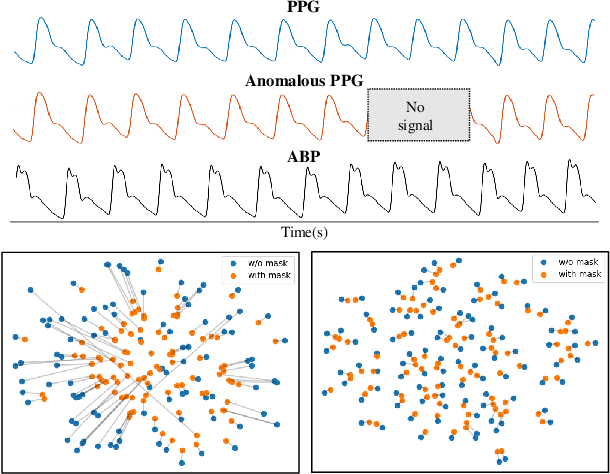
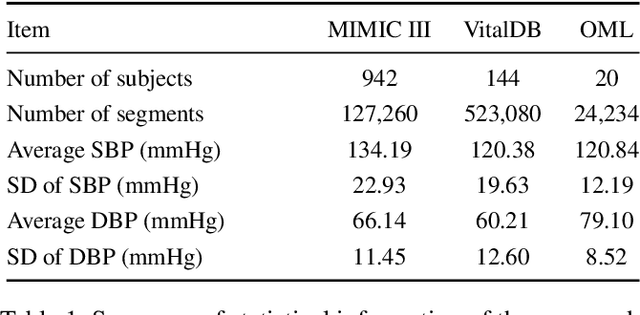

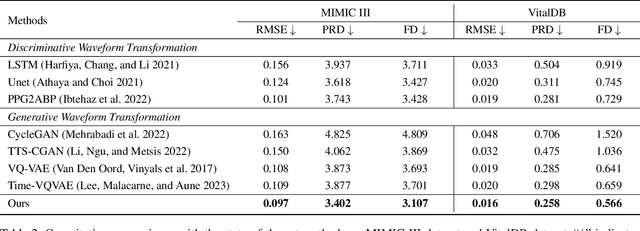
Abstract:Arterial blood pressure (ABP) holds substantial promise for proactive cardiovascular health management. Notwithstanding its potential, the invasive nature of ABP measurements confines their utility primarily to clinical environments, limiting their applicability for continuous monitoring beyond medical facilities. The conversion of photoplethysmography (PPG) signals into ABP equivalents has garnered significant attention due to its potential in revolutionizing cardiovascular disease management. Recent strides in PPG-to-ABP prediction encompass the integration of generative and discriminative models. Despite these advances, the efficacy of these models is curtailed by the latent space shift predicament, stemming from alterations in PPG data distribution across disparate hardware and individuals, potentially leading to distorted ABP waveforms. To tackle this problem, we present an innovative solution named the Latent Space Constraint Transformer (LSCT), leveraging a quantized codebook to yield robust latent spaces by employing multiple discretizing bases. To facilitate improved reconstruction, the Correlation-boosted Attention Module (CAM) is introduced to systematically query pertinent bases on a global scale. Furthermore, to enhance expressive capacity, we propose the Multi-Spectrum Enhancement Knowledge (MSEK), which fosters local information flow within the channels of latent code and provides additional embedding for reconstruction. Through comprehensive experimentation on both publicly available datasets and a private downstream task dataset, the proposed approach demonstrates noteworthy performance enhancements compared to existing methods. Extensive ablation studies further substantiate the effectiveness of each introduced module.
Dir-MUSIC Algorithm for DOA Estimation of Partial Discharge Based on Signal Strength represented by Antenna Gain Array Manifold
Apr 19, 2022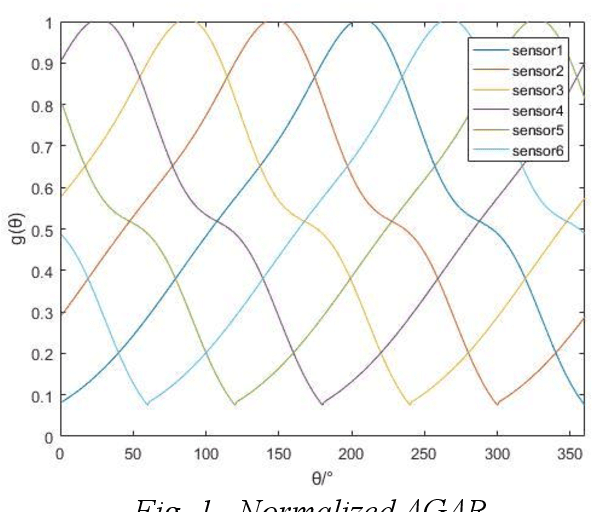
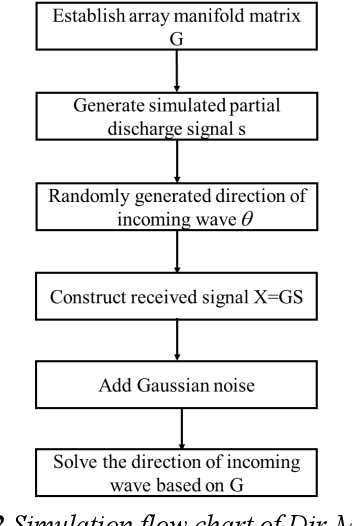

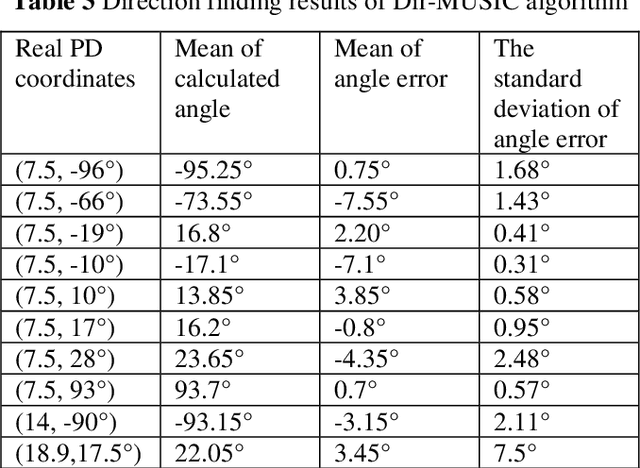
Abstract:Inspection robots are widely used in the field of smart grid monitoring in substations, and partial discharge (PD) is an important sign of the insulation state of equipments. PD direction of arrival (DOA) algorithms using conventional beamforming and time difference of arrival (TDOA) require large-scale antenna arrays and high computational complexity, which make them difficult to implement on inspection robots. To address this problem, a novel directional multiple signal classification (Dir-MUSIC) algorithm for PD direction finding based on signal strength is proposed, and a miniaturized directional spiral antenna circular array is designed in this paper. First, the Dir-MUSIC algorithm is derived based on the array manifold characteristics. This method uses strength intensity information rather than the TDOA information, which could reduce the computational difficulty and the requirement of array size. Second, the effects of signal-to-noise ratio (SNR) and array manifold error on the performance of the algorithm are discussed through simulations in detail. Then according to the positioning requirements, the antenna array and its arrangement are developed, optimized, and simulation results suggested that the algorithm has reliable direction-finding performance in the form of 6 elements. Finally, the effectiveness of the algorithm is tested by using the designed spiral circular array in real scenarios. The experimental results show that the PD direction-finding error is 3.39{\deg}, which can meet the need for Partial discharge DOA estimation using inspection robots in substations.
 Add to Chrome
Add to Chrome Add to Firefox
Add to Firefox Add to Edge
Add to Edge